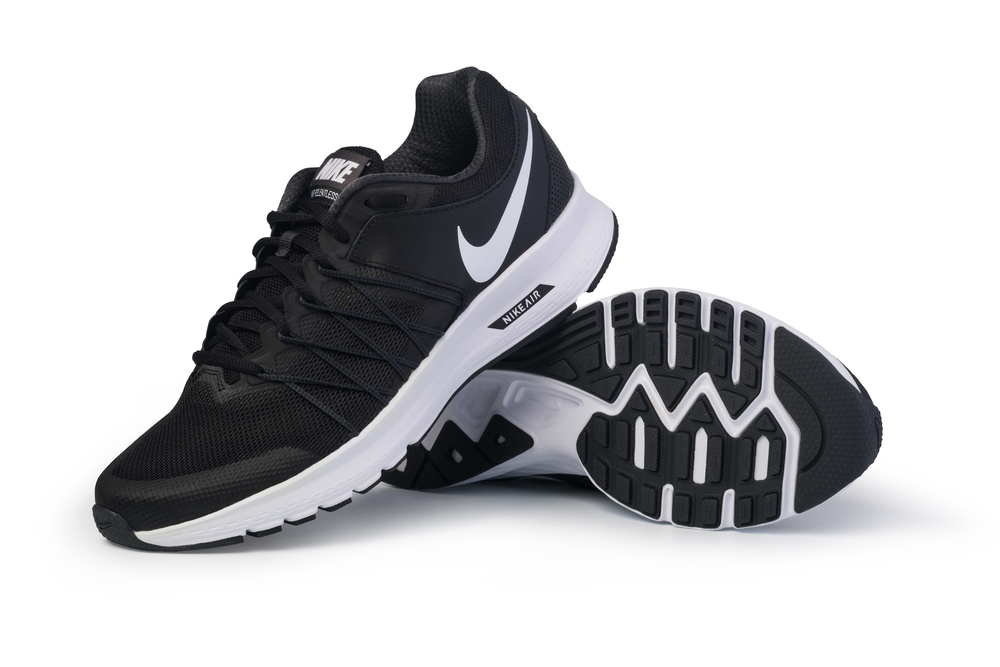It is no secret most robots will be far better at making products and goods than their human counterparts ever will be. According to Grabit, the company’s line of robots is capable of working at 20 times the pace of an average human. These robots are designed to build pairs of Nike shoes. Flooding the market with the finished product may help to push the shoes’ average price down by quite a bit. It is one of those developments people will both love and hate at the same time.
Grabit Robots are Quite the Busy Bees
Very few people consider how much work goes into the process of putting a pair of shoes together. The amount of labor required for this specific purpose should not be overlooked. The upper part of the shoe which sits on top of your foot is actually the most laborious task of all to complete. It is not comprised of one single piece of material. Humans often have to put together a few dozen individual pieces in order to create this part of the shoe. Up until now, no robot had been able to produce adequate results when putting this part together.
Grabit claims that has now changed. The company has built a robot which is capable of fully assembling pairs of Nike shoes quickly. Considering how Nike, Inc. invested millions in this company, it is about time those efforts pay off. It is worth noting how the robots rely on static electricity – known as electroadhesion – to help manipulate objects in unique ways. This allows the robots to assemble every single part of a shoe with relative ease. It does so at 20 times the pace of a human worker, which is both amazing and terrifying.
So far, a few Nike facilities have been equipped with Grabit robots to fully test their performance over time. It is expected around 12 of these machines will be operating across both Mexico and China before December 31st of this year. This would certainly allow Nike to shake up its manufacturing process quite a bit and bring it closer to its major consumer market. If this trial were successful, it could mean positive things for the industry’s negative association with child labor as well.
Automation is coming to the manufacturing sector. So far, no major companies have deployed such technology on any sizeable scale, though. Robotic arms have been the main area of focus for the time being, although other technologies are being considered as well. Entrusting robots with more meticulous work is a big gamble by Nike, but so far, the company’s efforts are paying off. Only time will tell whether or not their gut feeling was the right one, though.
Grabit’s robots do not mimic human behavior. They use flat pads of electrodes which create an electrical field adhering to virtually any surface one can think of. This is very different from most “robotic hand”-oriented projects in the industry right now. It is more like how one would expect robots to behave, rather than an imitation of human workforce. It does not appear the company faces any major competition right now, which makes them rather unique for the time being.
Moreover, Grabit’s robots can work together with human operators, which is another big selling point. The software decides how the various pieces should be stacked, and lights up positions for the human partner to set things down. The system currently requires one human employee to monitor one machine per shift, which should improve overall productivity by up to 2,000%. This is a very interesting development that shows that not all robots are designed to take human jobs.

